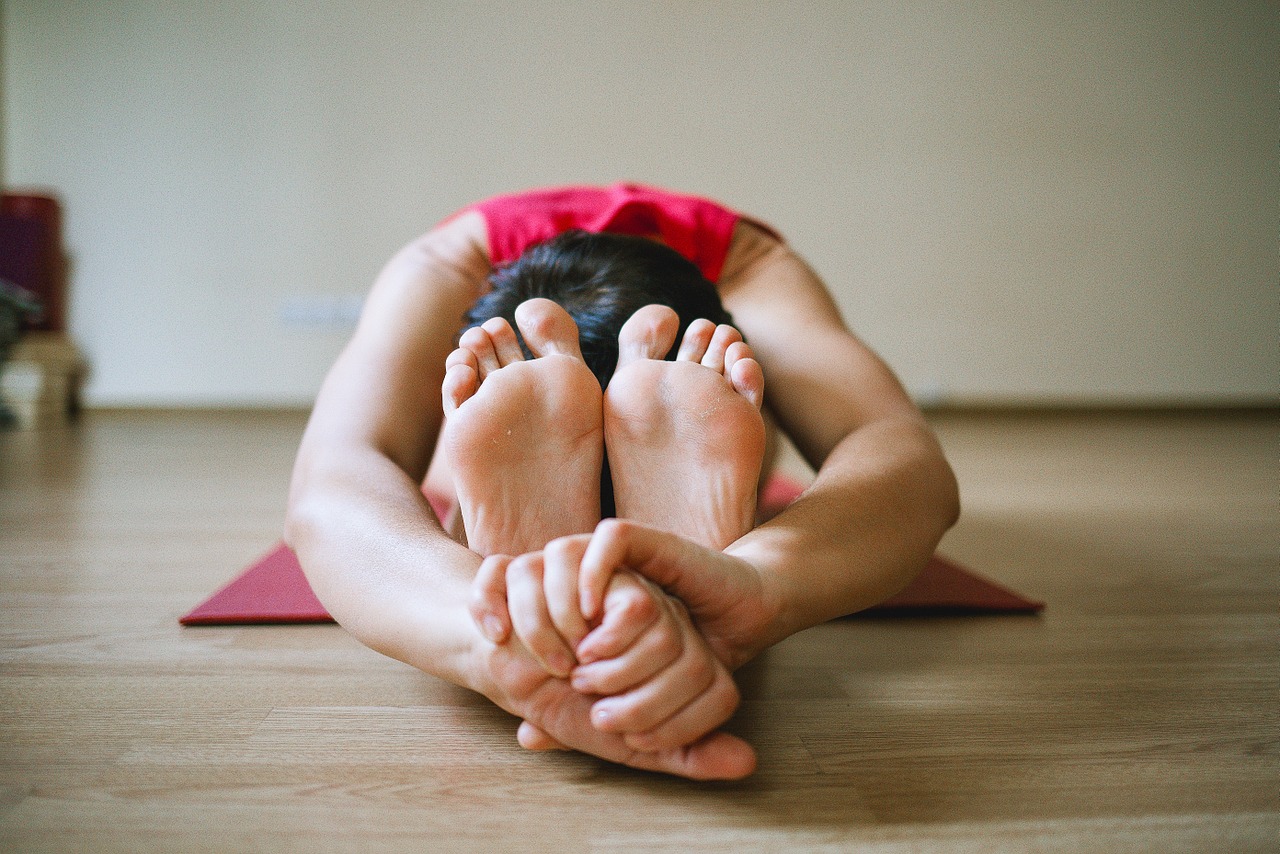
Doctor… Is Yoga Good for my Low Back Pain?
Is Yoga Good for my Low Back Pain?
Nearly every day, a patient asks me whether yoga would be a good idea to help manage their low back pain. And the resounding answer is yes! The practice of yoga encompasses physical and mental aspects with practitioners performing specific postures or asanas while focusing on breathing and meditation. Over the past few decades, the popularity of yoga has grown dramatically in the United States. It is becoming very popular due to its positive effects on physical attributes such as flexibility and strength but also on stress reduction and mental health. It has also been touted to help with pain relief from common ailments affecting the musculoskeletal system.
Low back pain is one of the most common complaints that primary care physicians see, ranking number two after the common cold. As a specialist in spine and sports medicine, I estimate that at least 80% of my patient load suffers from low back pain. There are many muscles in the low back including the “core muscles” which include the multifidus and transversus abdominis which are responsible for the spine’s basic movements and the stability of the spine. If these muscles are deconditioned or weak, they cannot stabilize the spine which leads to injury and pain. It follows that yoga, because of its focus on spinal flexibility as well as strength and stability of the core muscles, would be an effective tool to help manage low back pain.
Although the evidence on yoga therapy for management of low back pain is limited, there are several good quality studies that suggest that yoga is an efficacious option. One of these studies was a randomized controlled trial published by Tilbrook in 2011 which compared the effectiveness of yoga versus usual care for chronic low back pain1. In this study, 313 adults with low back pain were assigned to usual care or a 12 class progressive yoga program for 3 months. The yoga group was found to have better back function at 3, 6 and 12 months compared to the usual care group and higher pain self-efficacy scores at 3 and 6 months. In 2013, a meta-analysis of randomized controlled studies by Holtzman examined the literature for the strongest evidence of yoga’s efficacy as a potential treatment for chronic low back pain2. This analysis of 8 studies including a total of 743 patients concluded that yoga had a medium to large effect on pain and functional disability, thereby indicating that yoga may be an effective treatment for chronic low back pain. Finally, a second meta-analysis of randomized controlled studies published in 2013 by Cramer analyzed the literature on yoga for chronic low back pain3. This analysis of 10 studies including a total of 967 patients with chronic low back pain showed strong evidence for short-term and long-term effects on pain as well short term effects on disability and moderate evidence for a long-term effect on disability.
Although the primary focus of western based yoga is the asana, yoga also encompasses mindful breathing and meditation which have demonstrated beneficial effects on stress, anxiety and depression which frequently accompany chronic low back pain. In a novel study in 1982 of 51 patients with chronic pain complaints including low back pain, Kabat-Zinn demonstrated that a 10-week stress reduction and relaxation program including yoga, mindfulness, and meditation led to a greater than 50% pain reduction4. In a follow up 1987 study using the same methods of stress reduction, Kabat-Zinn followed 225 subjects treated with 12 cycles of classes over a 4 year period and reported that 60% to 72% of subjects rated their pain as “moderately” or “greatly improved,” 30% to 55% rated their pain as “greatly improved,” and 86% of subjects reported they gained something of lasting value5. More recently, in 2010, Rosenwaig studied the effects of 8 weeks of mindfulness training including yoga, breath awareness, and meditation on 133 subjects and found that the intervention led to significant improvements on most health indices including pain in patients with chronic back and neck pain6.
So is yoga safe? In all of the studies noted above, yoga was not associated with any serious adverse advents. However as with any physical activity, there is a risk of more minor injury that one should be aware of before starting a yoga practice. In addition, people who have symptoms of radiating leg pain, numbness/tingling, or weakness should seek medical evaluation and clearance before beginning a yoga practice. Individuals should also seek a class with a certified and experienced instructor who encourages the use of props like yoga blocks and straps that help avoid strain and injury. As an extension of mindfulness, practitioners with musculoskeletal complaints including low back pain should acknowledge and listen to messages of discomfort or pain from their bodies.
In the absence of any contraindications and utilizing the proper caution in patients with low back pain, it is evident that yoga is helpful in diminishing low back pain, improving function, and reducing stress, anxiety and depression. So if you have low back pain and you want to know if yoga will help you manage your pain, the answer is yes!
Note: Dr. Sorosky’s original publication of this paper can be found here:
1 Tilbrook HE, Cox H, Hewitt CE, Kang’ombe AR, chuang LH et al (2011) Yoga for Chronic Low Back Pain: A Randomized Trial. Ann Intern Med 155: 569-578. 6.
2 Holtzman S, Beggs RT (2013) Yoga for chronic low back pain: a meta-analysis of randomized controlled trials. Pain Res Manag 18: 267-272.
3 Cramer H, Lauche R, Haller H (2013) A systematic review and meta-analysis of yoga for low back pain. Clin J Pain 29: 450-460.
4 Kabat-Zinn J (1982) An outpatient program in behavioral medicine for chronic pain patients based on the practice of mindfulness meditation: theoretical considerations and preliminary results. Gen Hosp Psychiatry 4: 33–47.
5 Kabat-Zinn J, Lipwort L, Burney R (1986) Four-year follow-up of a meditation based program for the self-regulation of chronic pain: treatment outcomes and compliance. Clin J Pain 2: 159–173.
6 Rosenswaig S, Greeson JM, Reibel DK (2010) Mindfulness-based stress reduction for chronic pain conditions: variation in treatment outcomes and role of home meditation practice. J Psychosom Res 68: 29–36. 18.
